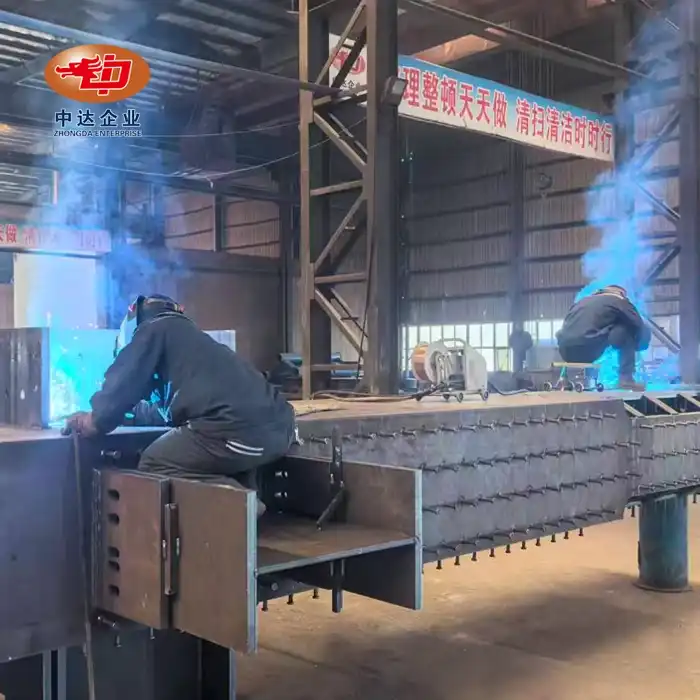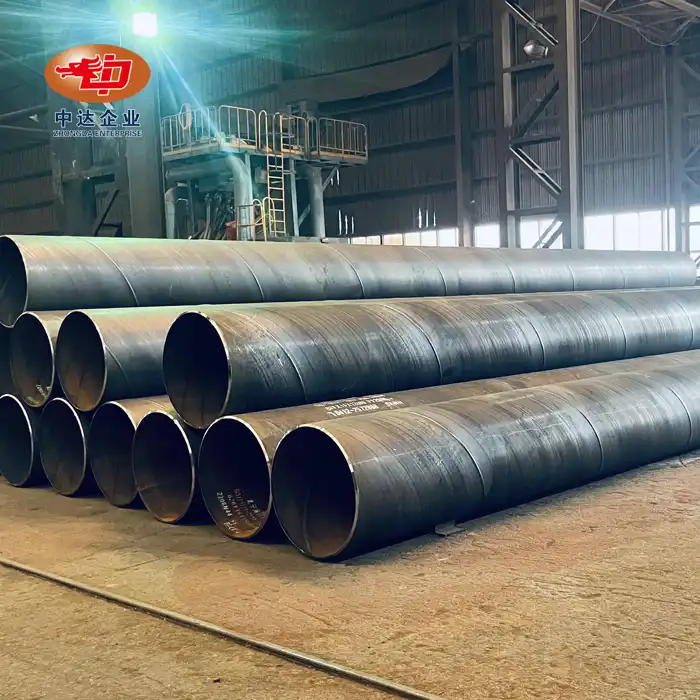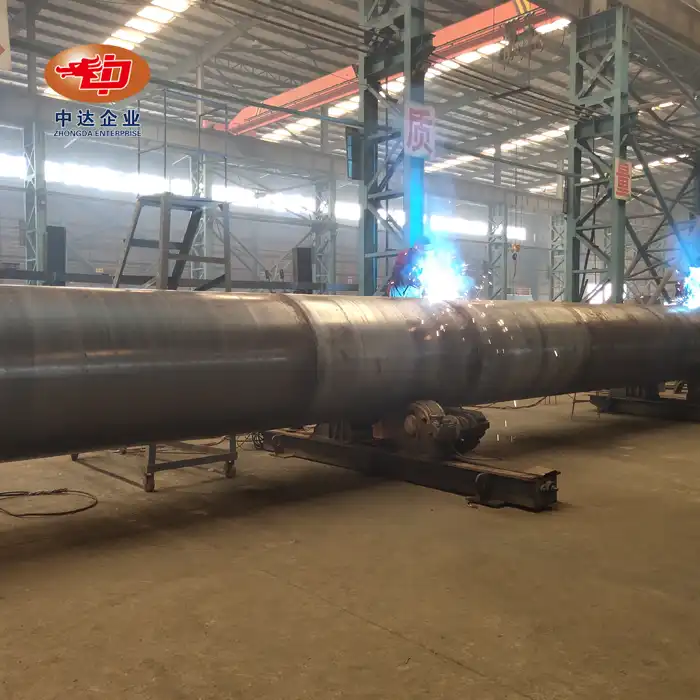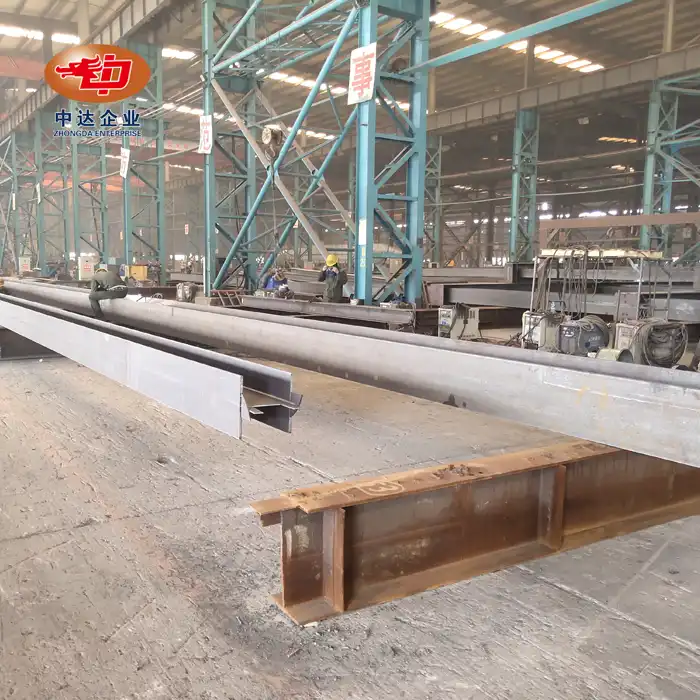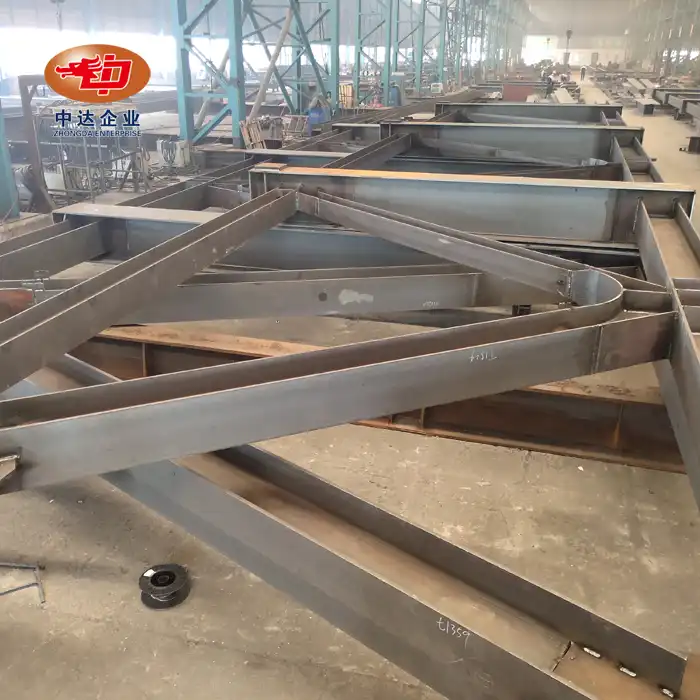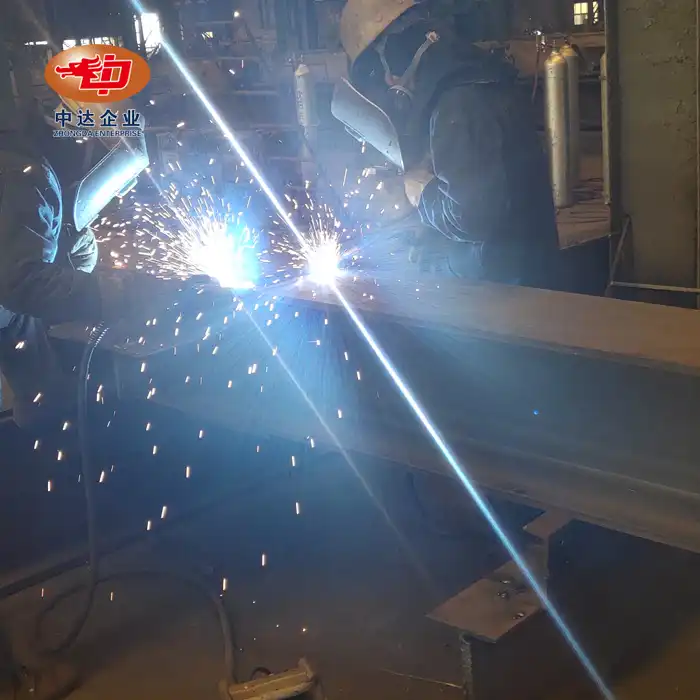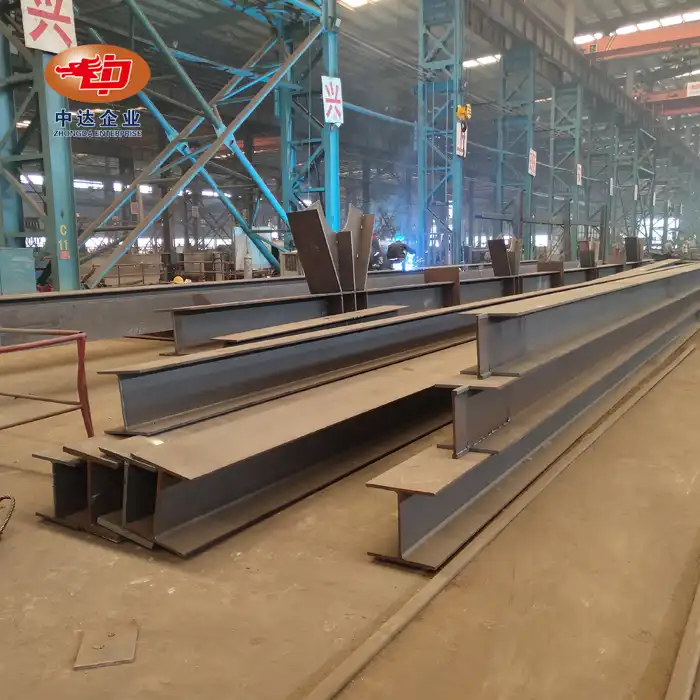Understanding Q345B Steel and Its Properties
Chemical Composition of Q345B Steel
Q345B steel derives its performance from a carefully balanced chemical composition. It contains a controlled level of carbon, usually not exceeding 0.20%, which ensures a good balance between strength and ductility. Manganese is added to enhance toughness and resistance to impact, while silicon contributes to improved strength and elasticity. Trace elements such as vanadium and niobium further refine grain structure, increasing yield strength and durability. This precise formulation results in a material that performs reliably in demanding structural applications.
Mechanical Properties Beyond Yield Strength
Although yield strength is a primary factor in evaluating steel, Q345B offers several additional mechanical benefits. Its tensile strength, ranging from 470 to 630 MPa, provides strong resistance against external loads. The material also maintains an elongation rate of 20% to 25%, which ensures ductility and reduces the risk of brittle failure. Good toughness at low temperatures further expands its usability across different climates. These properties make Q345B steel versatile, ensuring both safety and flexibility in a wide range of construction scenarios.

Advantages of Q345B Steel in Construction
The practical advantages of Q345B steel make it an excellent choice for modern construction. Its favorable strength-to-weight ratio allows engineers to design lighter structures that retain stability and reliability, optimizing material usage and lowering project costs. The steel’s excellent weldability simplifies fabrication, making it easier to assemble large frameworks efficiently. In addition, Q345B’s balance of strength, ductility, and toughness supports long-term durability. These attributes position it as a preferred material for bridges, industrial platforms, and other critical infrastructure projects.
Factors Influencing the Yield Strength of Q345B Steel
Heat Treatment and Manufacturing Processes
The yield strength of Q345B steel is highly dependent on the thermal and mechanical processes applied during production. Heat treatment methods such as normalizing, quenching, and tempering significantly influence the refinement of the grain structure, directly affecting strength and toughness. Similarly, rolling processes and controlled cooling rates are critical in achieving uniform mechanical properties throughout the material. Even slight variations in cooling or reheating can result in different microstructures, which ultimately determine whether the steel meets required strength performance for structural applications.
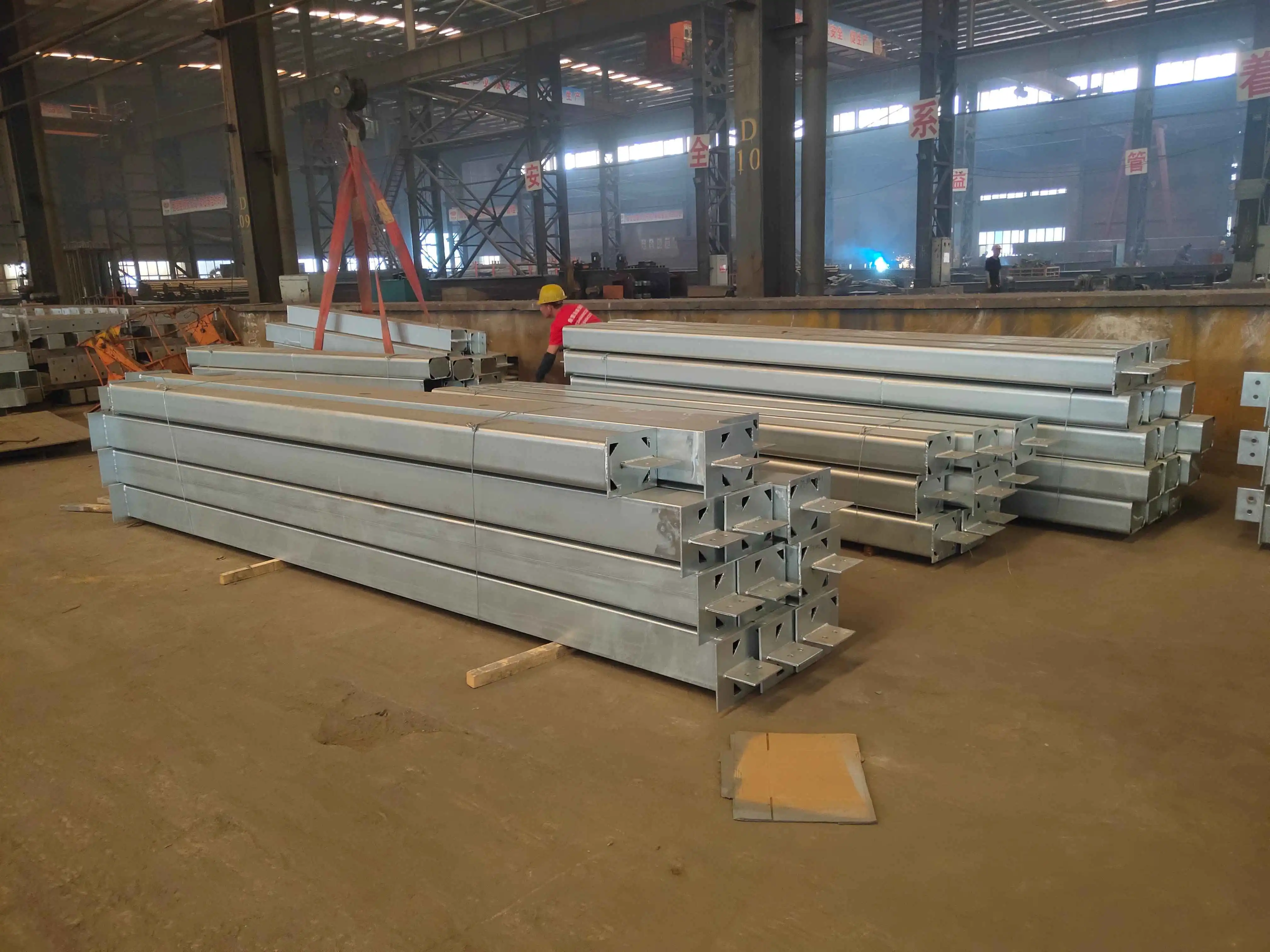
Environmental Conditions and Loading
Although Q345B steel is rated at a nominal yield strength of 345 MPa, external conditions and applied loads can alter its actual performance. For example, elevated temperatures may reduce strength, while low temperatures could impact ductility and toughness. Strain rates during dynamic loading and the complexity of stress states, such as biaxial or triaxial stresses, also influence yield behavior. Engineers must carefully evaluate these factors when designing, ensuring that Q345B steel performs safely and reliably in varying service environments and load-bearing conditions.
Quality Control and Testing Methods
Maintaining consistent yield strength in Q345B steel requires stringent quality assurance throughout production. Standard tensile testing remains the primary method to verify compliance with international mechanical property requirements. Beyond traditional tests, advanced methods such as X-ray diffraction and electron microscopy enable deeper investigation into grain size, phase distribution, and dislocation density. These microscopic insights help link material structure to yield strength, ensuring that each batch of steel delivers predictable performance. Effective quality control safeguards both structural integrity and long-term reliability of Q345B-based projects.
Applications and Considerations for Q345B Steel Usage
Structural Engineering Applications
The high yield strength of Q345B steel makes it an excellent choice for various structural engineering applications. It's commonly used in the construction of high-rise buildings, bridges, and industrial facilities. The steel's properties allow for the design of slender yet strong structural members, optimizing material usage and reducing overall project costs.
Fabrication and Welding Considerations
While Q345B steel offers good weldability, proper welding procedures must be followed to maintain its mechanical properties, including yield strength. Preheating may be necessary for thicker sections, and appropriate filler materials should be selected. The heat-affected zone (HAZ) around welds requires particular attention to ensure the integrity of the overall structure.
Long-term Performance and Maintenance
Understanding the yield strength of Q345B steel is crucial not only for initial design but also for long-term performance and maintenance considerations. While the steel exhibits good corrosion resistance, protective coatings may be necessary in harsh environments to preserve its mechanical properties over time. Regular inspections and maintenance can help ensure that structures built with Q345B steel continue to perform as intended throughout their service life.
Conclusion
The yield strength of Q345B steel, at 345 MPa, is a key factor in its popularity for structural applications. This property, combined with other mechanical characteristics, makes Q345B an versatile and reliable material for construction and engineering projects. By understanding the factors that influence yield strength and considering proper application techniques, engineers and designers can fully leverage the benefits of Q345B steel in their projects, ensuring safe, efficient, and durable structures.
FAQs
How does Q345B steel compare to other structural steel grades?
Q345B offers a higher yield strength than many common grades, making it suitable for demanding applications. It balances strength with good weldability and formability.
Can Q345B steel be used in low-temperature environments?
Yes, Q345B steel maintains good toughness at low temperatures, making it suitable for cold climate applications.
Is Q345B steel resistant to corrosion?
While Q345B has some corrosion resistance, it may require additional protection in highly corrosive environments.
Expert Q345B Steel Solutions | Zhongda Steel
At Zhongda Steel, we specialize in providing high-quality Q345B steel solutions for your construction and engineering needs. Our state-of-the-art facility and BIM-driven prefabrication ensure precision and efficiency in every project. With our expertise in ultra-thick plate cutting and -60°C Weathering Steel Anti-corrosion Technology, we deliver unparalleled quality and innovation. For expert guidance on Q345B steel applications and custom solutions, contact our team at Ava@zd-steels.com.
References
Zhang, L., & Wang, Q. (2021). Mechanical Properties and Microstructure of Q345B Steel under Different Heat Treatment Conditions. Materials Science and Engineering: A, 812, 141088.
Chen, Y., et al. (2020). Influence of Welding Parameters on the Mechanical Properties of Q345B Steel Joints. Journal of Materials Processing Technology, 276, 116397.
Liu, H., & Li, X. (2019). Fatigue Behavior of Q345B Steel under Variable Amplitude Loading. International Journal of Fatigue, 129, 105237.
Wang, J., et al. (2018). Corrosion Behavior of Q345B Steel in Simulated Coastal-Industrial Atmosphere. Materials and Corrosion, 69(11), 1630-1640.
Zhao, M., et al. (2017). Effect of Strain Rate on the Mechanical Properties of Q345B Steel. Procedia Engineering, 207, 1671-1676.
Yang, Z., & Zhang, Y. (2016). Microstructure and Mechanical Properties of Q345B Steel after Different Heat Treatments. Materials Science and Engineering: A, 675, 76-84.











